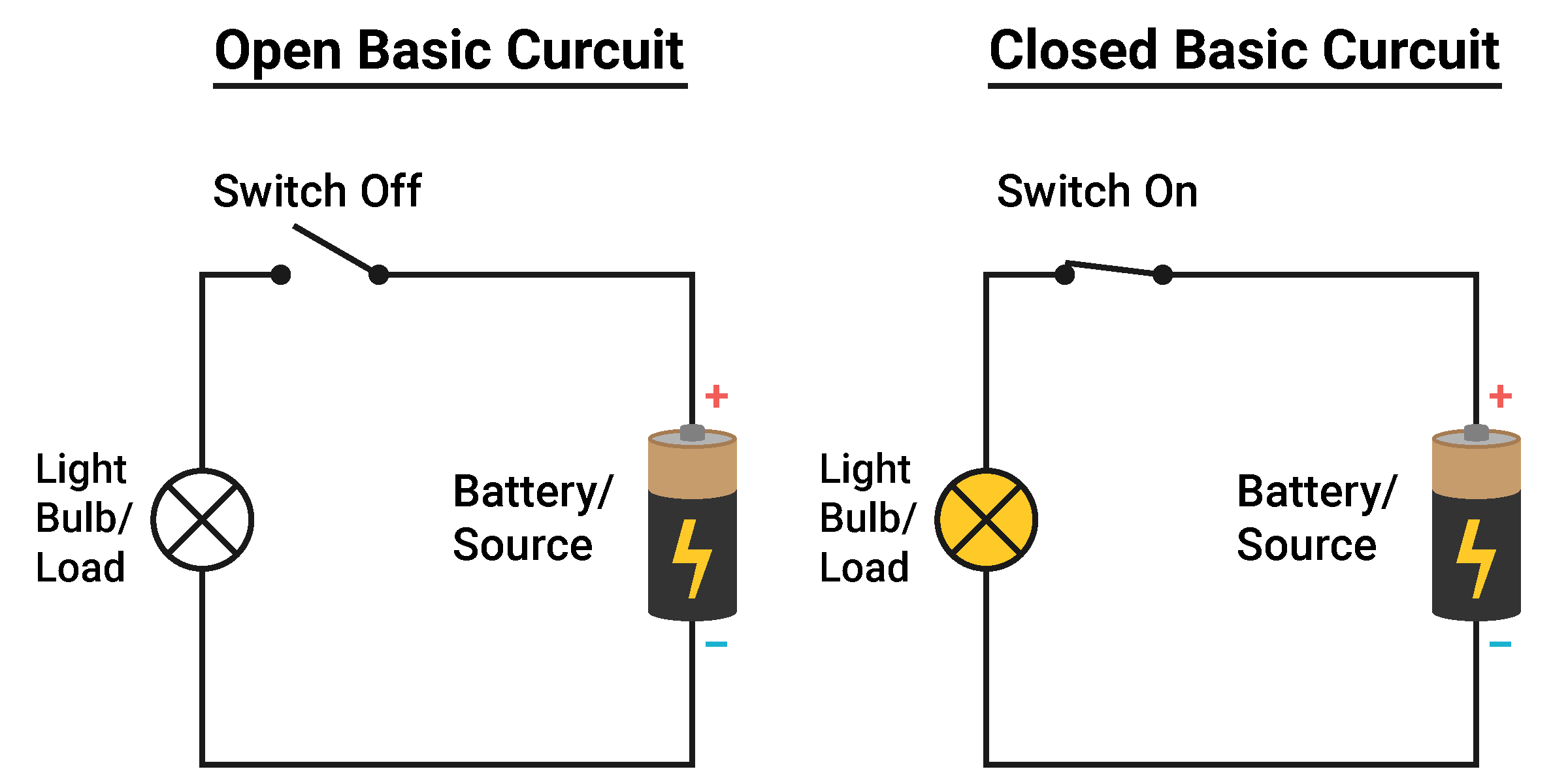Get Tech Tips
Subscribe to free tech tips.
Switch Voltage

On an energized, intact circuit, you will read voltage across an OPEN switch when testing with a voltmeter. However, you probably won't read significant voltage across a CLOSED switch.
Both sides of a closed switch are electrically identical (or at least very close). Therefore, there should be no movement of electrons between the leads of your voltmeter.
I have seen many new apprentices get confused when they measure across the points of an energized (closed) contactor or between two energized low voltage circuits, and they measure 0 volts.

Voltage measurement is always a measurement of the potential difference between two points. It's not simply a measurement of how much “electricity” can be measured at one point. (Current or amperage represents the actual electrons moving through a circuit. It's so easy to learn that I even taught my sons about basic electrical theory.)
So, just remember:
Across a closed switch = 0 volts (or if it does display voltage, it is the voltage drop across the switch)
Across an open switch = applied voltage
—Bryan











Comments
This is why an alligator clip on the. Black lead of your meter is one of the best investments you can make.
This is why an alligator clip on the. Black lead of your meter is one of the best investments you can make.
“Across an open switch = applied voltage”
my interpretation of this situation is that it should read as follows
“Across an open switch = potential voltage” as the unit is in the off state and thus not applying (using) any of the electrical energy.
“Across an open switch = applied voltage”
my interpretation of this situation is that it should read as follows
“Across an open switch = potential voltage” as the unit is in the off state and thus not applying (using) any of the electrical energy.
To leave a comment, you need to log in.
Log In